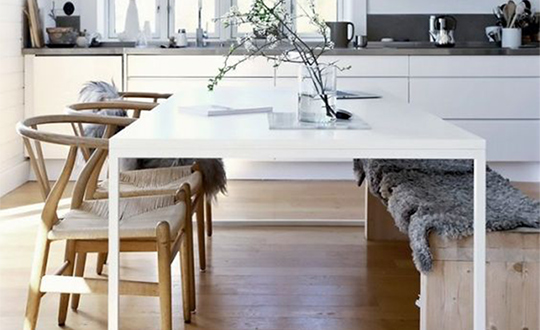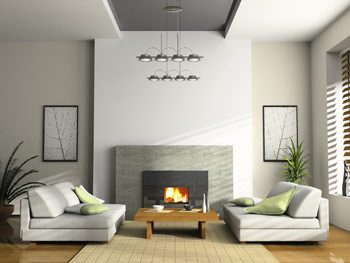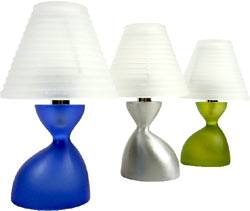
Many times good interior design counts on a certain kind of sleight-of-hand: The very best job is the one you don't notice, because it doesn't call attention to itself.
Good lighting, in a home or business, is one of those things that's invisible - if it's done well. You only notice the lighting of a room if it's too bright or too dim, not if it's just right. Our goal in offering this series of articles on Lighting is to give you some concrete advice on how to light a room so effectively that no one notices whether you're using florescent or incandescent lights, track lighting or standing lamps. They'll notice only that the room feels comfortable, and that they want to come back again.
As we saw in the first installment of Lighting 101, the first thing to consider in planning lighting for a room is the room's function.
But there's much more to lighting a room than just determining whether you have enough light for your sewing project. Using the NYIAD Guidelines for interior design — function, mood, and harmony —we'll move next to discussing the mood created by different kinds of lighting in a room.
As you're probably aware, in addition to being purely functional, lighting can also influence the mood of a room, in three different ways.
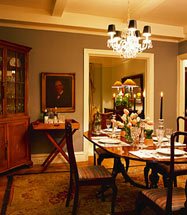
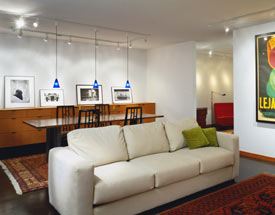
First, the general illumination can strongly influence the mood of a room. A brightly lit room projects a positive, upbeat mood. A darker room is more intimate and romantic. One mistake many people make in lighting their homes is to have only one extreme or the other: so much light that you need sunglasses, or just a dim candle.
NYIAD Tip
Remember that there is an important middle range in lighting: you should try playing with this range to see what works best for different situations. When giving a dinner party, for example, you want light which is bright enough so that your guests can see what's on the dinner plate, but soft enough so they don't feel they're about to perform surgery on their roast beef. Often a combination of candlelight and lamps is good in this situation.
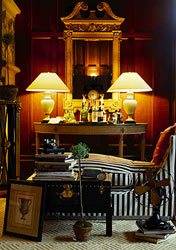
Second, the lighting fixtures themselves express a mood. Some fixtures are traditional, some contemporary. Some are lavish and ornate, some are starkly simple. As with the furniture you select, the style of the lighting fixtures should be suitable in mood to the rest of the decor.
Third, you can provide accents of light in specific parts of a room for no functional reason, but simply because they will add a dramatic touch. For example, you might shine light up through the foliage of a tropical plant, producing an interesting interplay of lights and shadows.
In our next installment, we'll look at how you can use lighting to provide harmony to a room.


